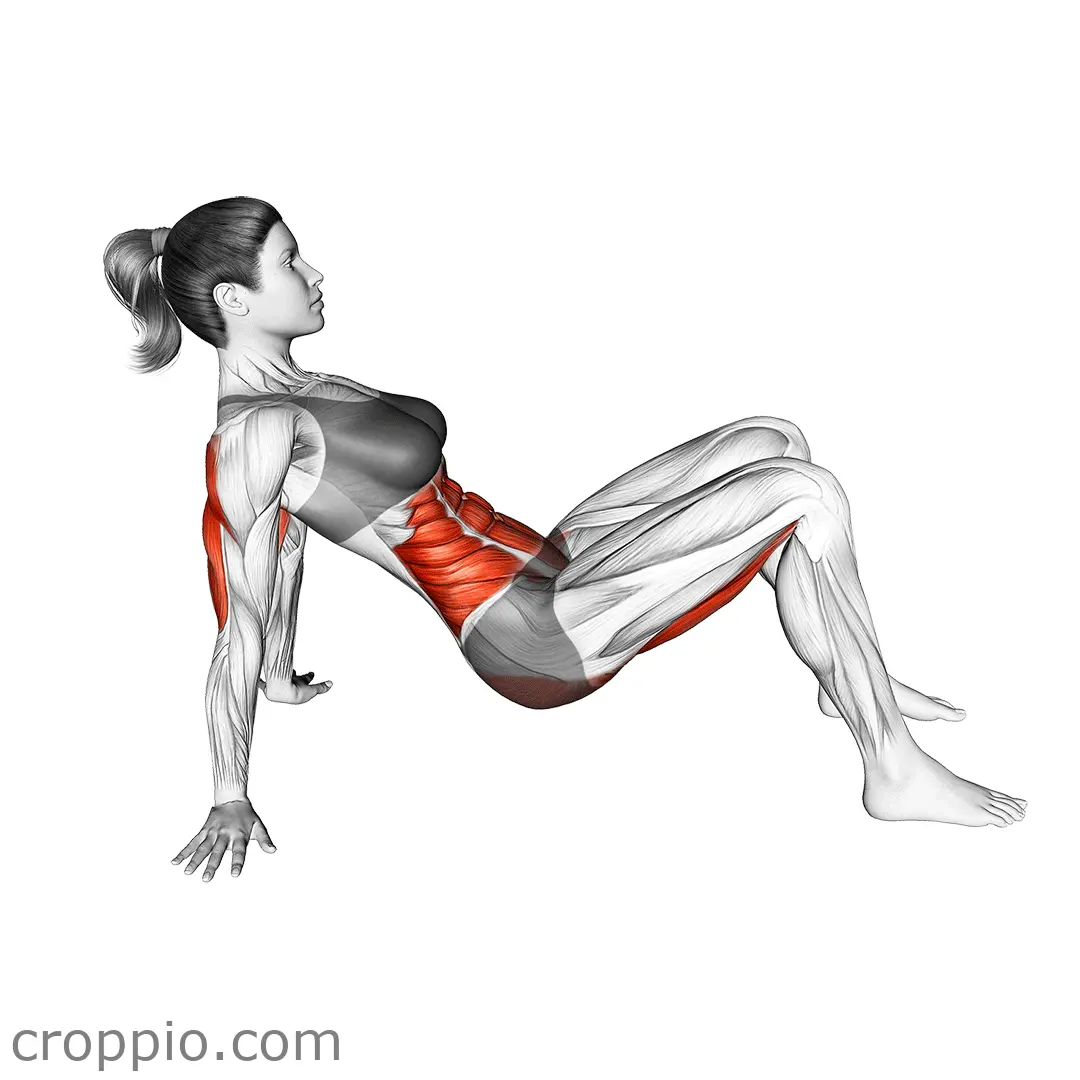Band Standing Hip Extension

Muscles Involved
The band standing hip extension primarily targets the gluteus maximus, the largest muscle in the buttock, which is responsible for hip extension, lateral rotation, and abduction of the thigh. Secondary muscles involved include the hamstrings, which assist in hip extension and knee flexion, as well as the core muscles for stability and balance during the exercise. This compound movement also engages the lower back muscles, forearm muscles (to hold the resistance band), and the hip flexors, thereby enhancing overall strength and stability throughout the lower body.
Top Mistakes
- Not using enough resistance: Opting for a too-light band can diminish the effectiveness of the workout.
- Hyperextending the lower back: Arching the back excessively can lead to injury; proper form should keep the torso upright.
- Using momentum: Swinging the leg instead of controlled movements reduces the effectiveness of the exercise.
- Neglecting core engagement: Failing to engage the core can lead to poor posture and unwanted strain on the lower back.
Execution Tips
- Start with your feet hip-width apart, and loop a resistance band around your ankles. Stand tall with your shoulders back.
- Bring one leg back while keeping your knee straight, ensuring that your core is engaged and your back remains neutral.
- Lift your leg until it is parallel to the ground or slightly higher, squeezing your glute at the top of the movement.
- Lower your leg back to the starting position slowly, focusing on control rather than speed.
- Keep your standing leg soft but stable, and avoid leaning forward as you lift.
Workouts
The band standing hip extension can effectively fit into a lower body or full-body routine. Consider performing 3 sets of 12-15 repetitions on each leg to maximize muscle engagement. Pair this exercise with complementary movements such as squats or lunges to target all major muscles of the lower body. Incorporating balance exercises, such as single-leg stands or balance boards, can further enhance stability and strength.
Conclusion
The band standing hip extension is a versatile exercise that promotes strength, stability, and proper posture. By focusing on the glutes and hamstrings, this movement helps improve athletic performance, enhance movements in daily life, and prevent lower back pain. With attention to form and technique, you can safely reap the myriad benefits of this effective exercise.



